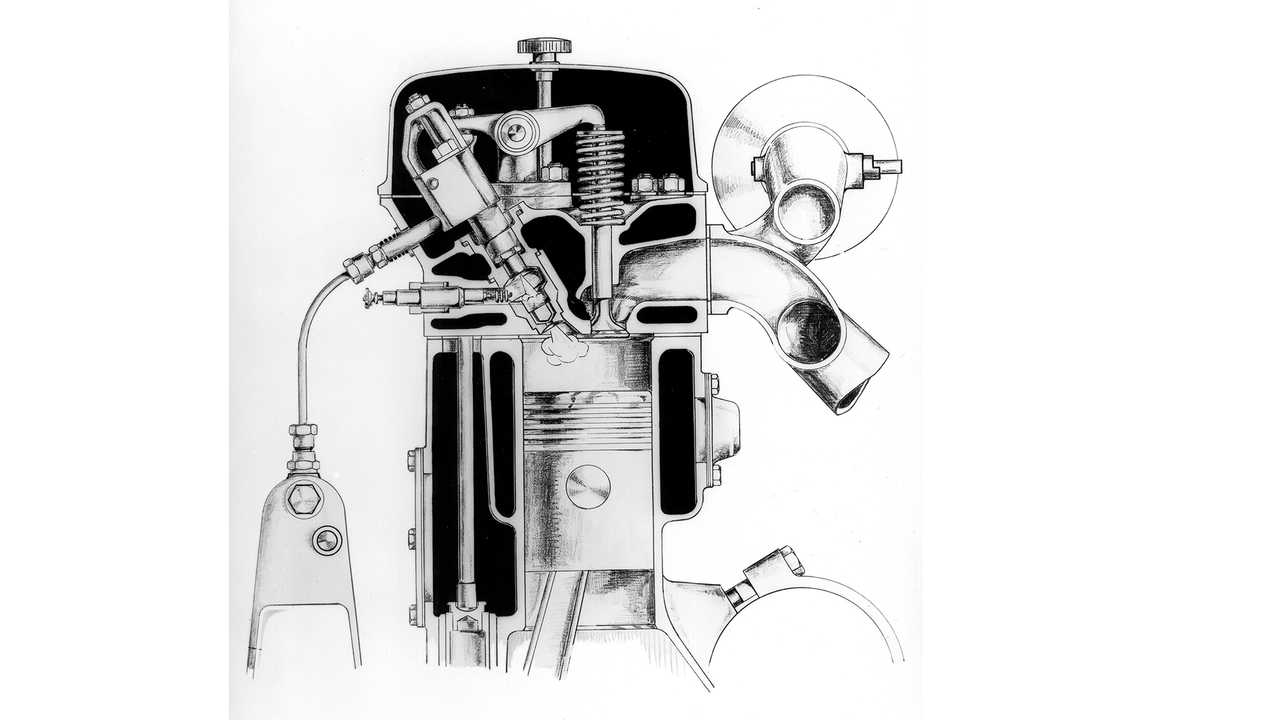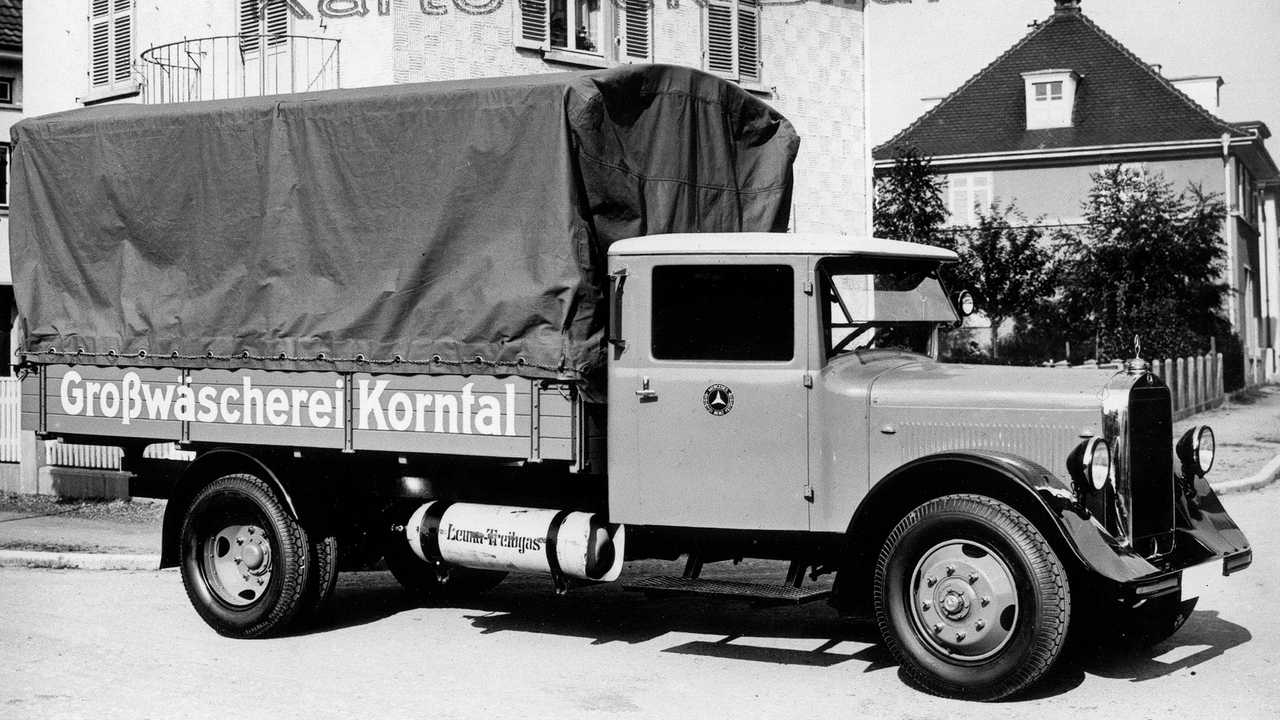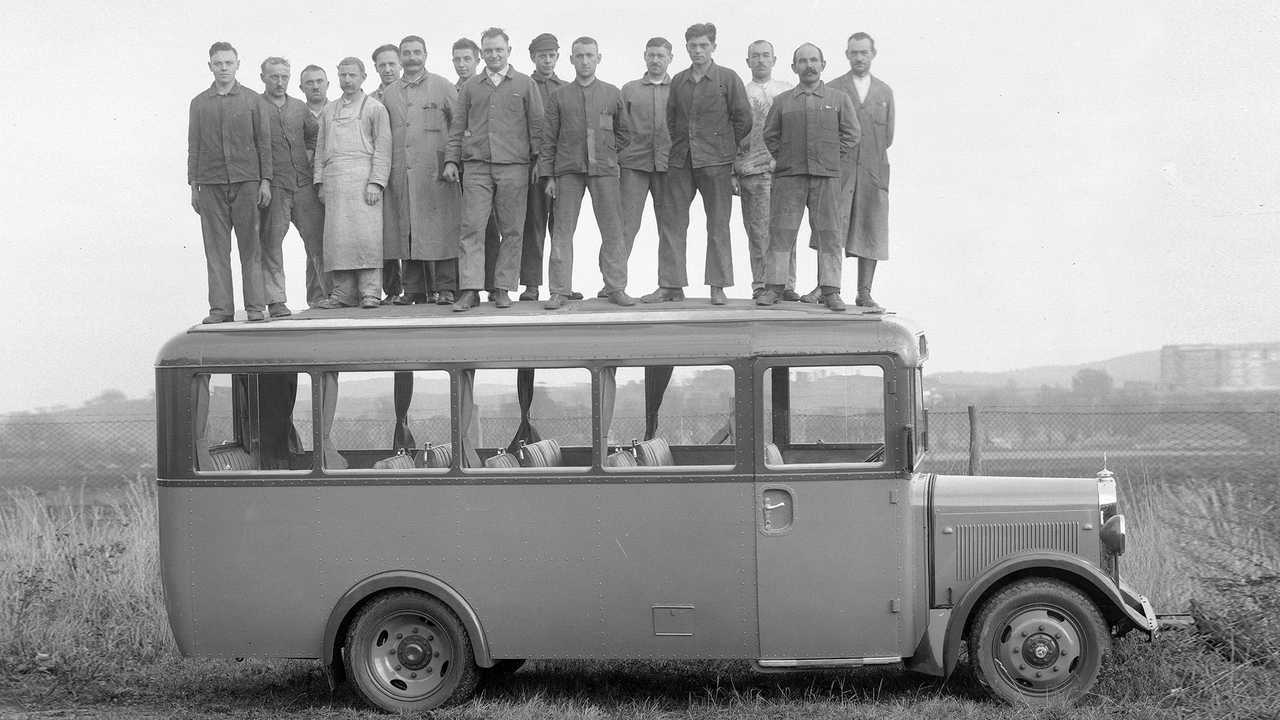
With the Mercedes Lo 2000, the diesel has become standard.
Content
N movement It was 1932, in the period great difficulty for Germany, Daimler-Benz has dared to take an important step forward in expanding its work vehicle offering more than ever before. For the first time, offered as standard A diesel engine in a line of "fast" commercials that could now be defined as light trucks.
The model was named Lo 2000 and corresponded to 3.8-liter pre-chamber diesel OM59... It was a real commercial breakthrough because it made a significant contribution to the spread and acceptance of this type of engine all rolled into one. large market share.
Between two wars
The script for this launch was not the best; the whole world was just coming out of one severe economic crisis, with a truly uncertain political landscape. For example, if in 1928 the total number of trucks produced by Daimler-Benz was 4.692 units, then in 1932 - only 1.595 cars they left the Gaggenau factories.
When Daimler-Benz introduced the new Lo 2000 Geneva Motor Show none of his "fathers" ever thought that the production of this new truck would reach a total of 13 thousand pcs..

Diesel turning point
The decisive role in the success of Lo 2000 was certainly played by diesel which has established itself as a lightweight, economical and reliable truck. Especially in a landscape where saving it became the basis for the survival of companies.
This type of power plant it was definitely not new However, especially with regard to heavy trucks, extensive propaganda was required so that it could adequately spread even on the lightest trucks.

Interesting engine
In this sense, the OM59 engine had some interesting features: it was about half OM 5 but had the same power: 3.8 liters per 55 CV which, installed on Lo 2000, pushed it towards Speed 65 km / h giving even more credit to the nickname "fast trucks".
Another reason the diesel engine was gladly accepted on this type of vehicle. And under Stella, a large radiator also stood out now. large Diesel lettering.

Universal frame
With excellent maneuverability, speed and economy, the Lo 2000 was well received by the market. Its design allowed for great versatility of use: a dump truck, a van body, a tanker and even a refrigerator - the reasons why it was immediately required by the local police and firefighters... In addition, it was immediately used as an ambulance.
The new "fast truck" was multi-purpose in every sense. Daimler-Benz, in fact, designed the chassis in such a way that it was halfway between "high" and "low", it is no coincidence that this type of construction is called "semi-low", with slightly protruding side members, which is why it is suitable for a truck. and for the bus.

The first tractor
It was this type of frame that allowed 1934, the birth of the first tractor semitrailer, l’LZ. The dimensions of the engine were the same as the gasoline variant, which continued to be produced, especially for export.
The two versions had the same characteristics in terms of performance and speed, butssima, except for the transmission itself and bridges. However, in practice, the different designs of the split-head propeller prechambers and removable nozzles introduced in 2000 new phase design, which was soon applied to the higher weight categories.

Big family
Slowly but surely family enriched him new trucks with higher ranges and more powerful motors... The 4-liter 3,8-cylinder engine grew to 4,9 and was eventually joined by 6 cylinders with a volume of 7,4 liters and a capacity of 95 hp.... The introduction of the diesel engine marked the beginning of the spread of "light" trucks, it won't stop long.
Unfortunately, the German government soon established production quotas only four models and required Daimler to equip light vehicles with only gasoline engines in order to meet the requirements military needs... In the arms race, trucks have become a fairly rare commodity for the civilian population, and this policy has even led to the registration of vehicles hired by transport companies.

